Price Action Trading by Bill Eykyn
$25.00
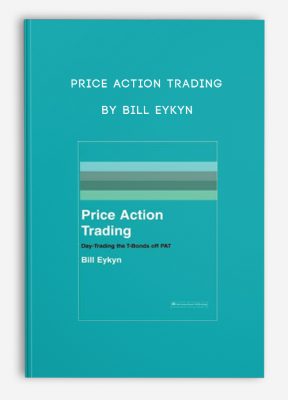
Price Action Trading by Bill Eykyn
Get Price Action Trading by Bill Eykyn at Salaedu.com
Forex Trading – Foreign Exchange Course
You want to learn about Forex?
Foreign exchange, or forex, is the conversion of one country’s currency into another.
In a free economy, a country’s currency is valued according to the laws of supply and demand.
In other words, a currency’s value can be pegged to another country’s currency, such as the U.S. dollar, or even to a basket of currencies.
A country’s currency value may also be set by the country’s government.
However, most countries float their currencies freely against those of other countries, which keeps them in constant fluctuation.
SIZE 3.3 MB
- 164 pages
- Publisher:Harriman House (January 1, 2003)
- Language:English
- ISBN-10:1897597347
- ISBN-13:978-1897597347
Extract from the Preface: ‘1. What the book covers This book is about day trading. Using the price action itself, rather than any of the usual array of indicators based on it. The US 30-year Treasury Bond Futures is the favoured instrument – the T-Bonds, as they are commonly called. There are good reasons for choosing this instrument to learn to trade – one being that they do not require a detailed knowledge of bonds themselves. The other attractions, whether you are a beginner or a seasoned veteran, are to do with liquidity, range, behaviour, patterns and the price action displayed at the key support and resistance points it encounters. Most days the T-bonds offer trading opportunities which can be taken within a money management environment that can give you an edge for profit – and this book has been designed to show you how to do just that. Fully illustrated with charts taken from a live trading screen and displayed in exactly the way you would have seen them for yourself, on your computer monitor. What you see is not just what happened, in detail, but also clear evidence of just how you could have profited yourself from each trading situation. 2. Who the book is for This book has been written for anyone wishing to day trade, using a discretionary method, rather than a mechanical system. It is a learning tool which should commend itself to the experienced trader, as much as to someone new to this business. Certainly I hope that any raw recruit would find it an easy read, even if it took a while longer to digest the subject matter as a whole. 3. How the book is structured The seasoned trader will probably start by skip reading, to see if he can cut to the chase quickly. The less experienced will immediately see – from the detail of the charts alone – that there is a great deal of information to absorb, and will have to start at the beginning! After that, wherever you place yourself as a trader, I hope you will find that the methodology is pretty straightforward, the approach you need to adopt clear-cut, and the various steps involved in the process uncomplicated. It has to be said that there is nothing amazing or wonderful in learning to read the tape – for that, albeit in a computer environment, is what this methodology is all about – and the key to success in so doing, is in the application of a robust risk/reward/ratio. This means that the successful exponent of the art-cum-science of discretionary trading, in this particular way, has to have a mindset that can take the winning and the losing with complete equanimity. It is not easy. It is not for everyone. But . . . those who can learn how the market works and learn to go with the flow, putting the odds on their side, stand a good chance of creating the essential edge to win. Those who already day trade in discretionary fashion will hopefully gain pointers here and there and find, as we all know, that it often takes just one pearl gained to make the trawl an eminently worthwhile exercise. Those who come to this book with little or no experience will gain from their lack of preconception, even if it takes a lot of reading and re-reading to get up to speed on the computer, with live charts. Best of luck Bill Eykyn’
About the Author
From his very first interview as a cub reporter (with Richard Dimbleby in the actual biplane used by Bleriot half a century previously), Bill Eykyn has been a journalist, writer and broadcaster. So he came to the market with a very different perspective from the norm. He started, like so many, with a newspaper ad. This one led him to trade FTSE options on BBC2 through a broker with hot tips. After the obvious happened, he was introduced to the FTSE Futures, using a special TV aerial for the data feed. Then options on the American grain markets (via satellite and a clunking DOS program), including a hair-raising run on the Soyabeans. Finally – and none too soon – he was introduced to the T-Bonds in Chicago by a CBOT and CME Member, where he gained a wealth of experience, in and around the pits. For several years the trading was through a satellite feed from DBC in America, but then the company metamorphosed into E-Signal and its internet feed – and these are the charts used throughout the book. “Trading should be viewed”, says Bill, “as a game played by the Big Boys, with savvy traders following in their footsteps – and this is where my concept of price action trading comes in.” This book is actually a sort of swan-song, because Bill Eykyn is retiring to a farmhouse in Andalucia, where presently there are no telephone lines. However, as soon as he can get a satellite communications system up and running, his three novels currently on the go will be put on the back burner – yet again!
Get Price Action Trading by Bill Eykyn at Salaedu.com
1 review for Price Action Trading by Bill Eykyn
Add a review Cancel reply
Related products
Forex - Trading & Investment
Forex - Trading & Investment
Pristine – Oliver Velez – Core, Swing, Guerrilla, Momentum Trading, Micro Trading Tactics
Forex - Trading & Investment
Nick Van Nice & John Sheely – Master CTS Swing Trading (Video & Manual)
Forex - Trading & Investment
Forex - Trading & Investment


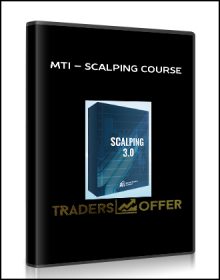
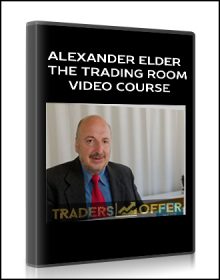
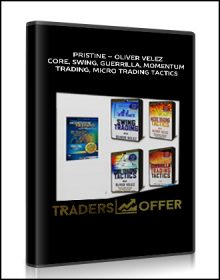
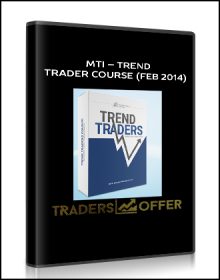
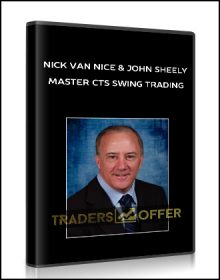
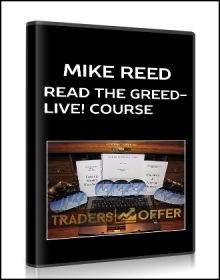
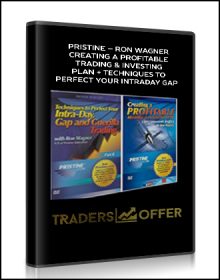
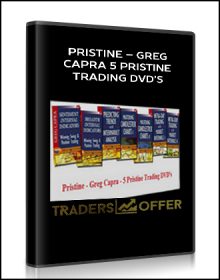
Trevis Trevis –
We create this shop with the mission: Bring the courses to 500 millions of people in the world, to help them awake their power and change their